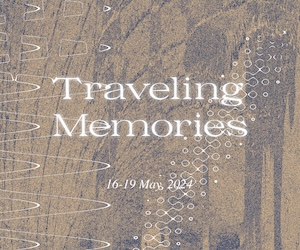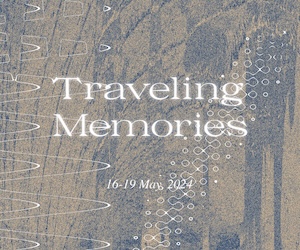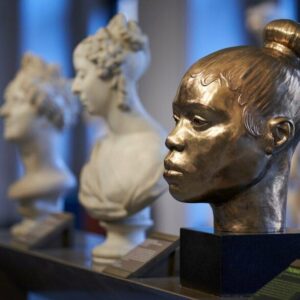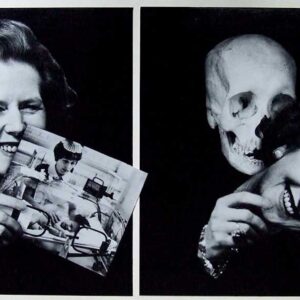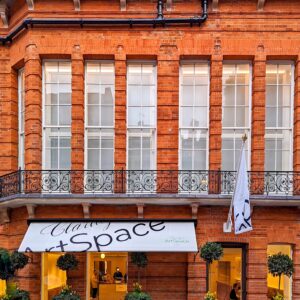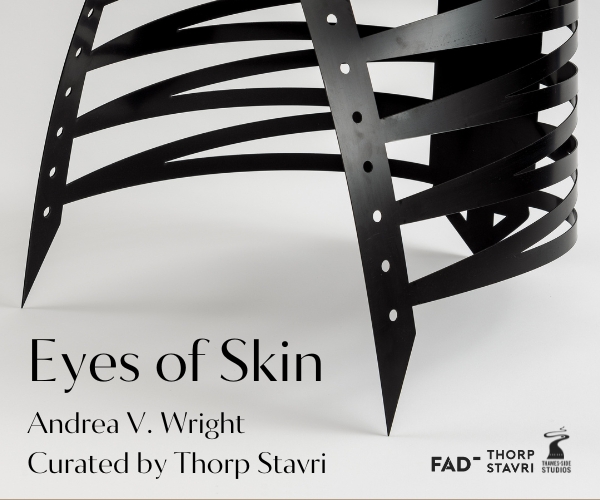At Frieze London I was curious about the idea of internationalism and what this might look like – we are told that this 10th edition of Frieze is also the most international with exhibitors from 35 countries including Argentina, China, Columbia, Hungary, India, Korea and South Africa. I spoke to a gallery based in India, and the only gallery from the African continent to be represented at Frieze – Stevenson from South Africa.
By Yvette Greslé

Tara Lal and Mortimer Chatterjee own Chatterjee & Lal, Mumbai, India. Their stand (Frieze Focus, Stand S1) focuses on two artists – Hetain Patel and Nikhil Chopra both of whom work with performance. The work of Hetain Patel – on show at Frieze – was commissioned by the New Art Exchange Nottingham. I chatted to Mortimer Chatterjee about the work of Nikhil Chopra – which crosses performance, drawing, costumes, props and photography.
YG: Can you talk to the work of Nikhil Chopra, his Memory Drawings and the politics and local significance of the work?
MC: Nikhil Chopra is an India based artist and he uses performance as the anchor for his practice. He often channels personal family histories into his works. His grandfather was a landscape artist based in Kashmir in the North West of India during the 1920s. Often the act of drawing becomes integral to his live performances and during those performances he inhabits a character that is loosely based on his grandfather. The costuming that you see here is loosely referencing a colonial history of India during that period (the early 20th century). So in a sense what comes out in terms of the colonial residues is the gaze, that colonial gaze being re-channelled outwards from India to the West. There is this reverse process happening in his work. He’s one of the few artists in India today who looks in a very conscious manner at the colonial history of the region. And also gender which plays out during the performances and the act of transferring from male to female during the course of the performance itself.
YG: And the cross-dressing?
MC: It’s not only the cross-dressing. There’s also shaving that takes place, and as you know, in India shaving also has ritual significance. The act of shaving during the performance becomes quite an important symbolic moment during the performances themselves. The character changes over a period of time from this big bearded very male masculine character into a very delicate figure. The costuming for the queen is highly elaborate.

YG: What do you think the political significance of such a performance is? What does the work mean in a space such as Frieze?
MC: Often it depends where the performances take place, the context in which the performance takes place. These performances have taken place in spaces as varied as the Venice Biennale to the Serpentine in the UK to India itself. And each time it changes dramatically the significance. Obviously having this kind of colonial figure in England means something very different from the same character being in India. The potentialities of the performance change significantly depending on where it is.

I also spoke to Andrew da Conceicao one of the directors from Stevenson (www.stevenson.info) – a gallery based in Johannesburg and Cape Town. Stevenson is at F17 (Frieze). For Frieze their focus is Nicholas Hlobo, Nandipha Mntambo, Zanele Muholi and Penny Siopis. Four short films by Penny Siopis were screened, as part of Frieze VIP, at the Prince Charles Cinema on Thursday night. Hlobo’s work was shown at Frieze New York, and in 2008, he had a solo show at what was the Level 2 gallery at Tate Modern (now the Project Space).

YG: Tell me about Balindile by Nicholas Hlobo. Balindile I has been purchased by Tate?
AC: Yes, Balindile is a series of 5 sculptures we’ve put together here as an installation. But they are separate works. The word Balindile means ‘waiting in anticipation, ready to go’. It’s very much part of Nicholas’ own creative process – that everything has got a potential, and can be transformed into something else. He often works with the inner tubes of tyres which he cuts and forms and shapes. He also works with bright, colourful ribbons – he learnt how to do needlework and knitting when he was younger. He plays with ideas about gender identity – femininity and masculinity.
YG: He plays with language, and South African languages [isiXhosa]?
AC: Yes. He always uses Xhosa words. A lot of the words in earlier works played with sexual references.
YG: Do you have any thoughts on the relationship between the local and the international in the contemporary art world?
AC: We come from a different part of the world and the artists have different stories to tell.
YG: What do you think is interesting about South African art at the moment?
AC: I think the interest mostly from curators abroad is in the mediums the artists are working in – new languages. International curators find Nicholas interesting because of his medium and the materials he works with.
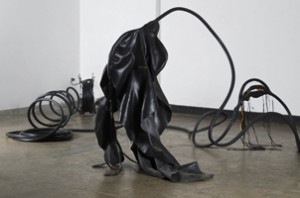
For more info see:
Frieze: www.friezelondon.com
Chatterjee and Lal: www.chatterjeeandlal.com
Stevenson: www.stevenson.info
